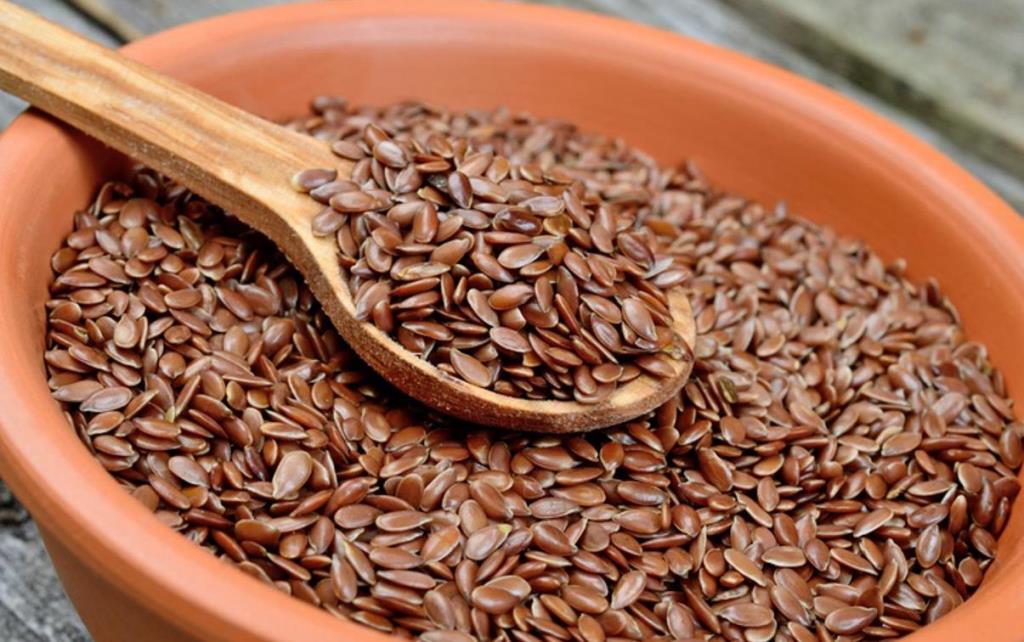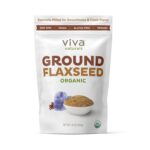There are many confusing things in the world of plants. While we can all agree that a tomato is a fruit some debates go deeper than simple definitions. The difference between flaxseed and linseed is one of those things that is extremely difficult to articulate and for the most part, they are sold as the same thing. From a food perspective, it is understandable as the two seeds serve the same purpose. In fact to find the discernable difference between these two we have to go all the way to the farm. First, let us get a clear picture of what linseed and flaxseed are.
Contents
Flaxseed and Linseed
Flaxseeds and Linseeds are very small seeds that come from a plant often referred to as flax. Its scientific name is Linum usitatissimum which is Latin for very useful. The seeds are mainly used for oil which is sold as linseed oil. The remaining meal from the process is also sold for human consumption or used in animal feed. Flaxseeds are also consumed as is and considered a health food with many benefits. You will largely come across two types of flaxseeds or linseeds and these are the brown and golden named after their colours. Another popular product made from flaxseeds and linseeds is flaxseed meal which is simply ground seeds with the oil drained. The plant they originate from was traditionally grown for the fibres that come from its stems and was used in textiles. The earliest evidence of flax usage in textiles dates back 30000 years ago in what is the modern-day republic of Georgia. So there is very little to separate the two seeds. Let us see what differences exist between the two.
Name
The names of the two seeds are of course different. Flaxseed is named after the material derived from the fibrous stem of the plant. It was largely grown for its fibre and the use of food and oil came up over time. Linseeds on the other hand are mostly grown for the seeds. Linseed, rather confusingly was named so after the common usage of the plant for textiles as well. The products made from the fibres are commonly referred to as linen and this name stuck. The two names admittedly only add to the confusion between the two seeds but they do serve as a distinction to those who grow them. There is no doubt that the plant was initially grown for its fibre and eventually found favour as a food item. The linseed may have been the original plant associated with this use but fallen out of favour as flax provides longer fibres and hence became the choice for textile purposes. While the name linseed from linen was more appropriate historically it may serve to further confuse. Something else that adds to the confusion between flaxseed and linseed is the treatment of the two names in different places. In the United Kingdom, the distinction between flaxseed and linseed is drawn as we will see from the plants and seed density. However, in the USA and Canada, both are simply referred to as just flax.
Plants
The biggest difference between the two is the plants they come from. Generally, the names are interchangeable but flax is a taller plant with longer fibres. Flax grows to almost a metre in height. Linseed comes from a shorter variety of Linum which only grows to around 30 centimetres, a third of the height of flax. The longer stems of flax make it more favourable for growing for textiles. Flax as a fibre has fallen out of favour as new technology has provided fibres such as cotton and polyester among others that are much more popular. This may be one of the reasons the distinction between the two plants has become less and less important.
Seed Density
The shorter linseed variety of the Linum plant has a much greater seed density per plant than the taller flaxseed Linum. This is the reason linseed Linum is better for those growing the plant for food or oil production from the plant. The yield per plant is much higher in the shorter Linum variety. It is hard to give an exact measure as to just how much higher the linseed yield is but farmers who intend to grow the plant for its seeds are encouraged to grow linseed while farmers who intend to grow the plant for its fibres are encouraged to grow flaxseed. To remove ambiguity between the two flax is referred to as fibre flax while linseed is referred to as oilseed flax.
Use
Another small but none the less discernable difference between the two is the usage of the seeds. It is common practice that when the seeds are intended for consumption as the seed they are called flaxseeds. However, if the seeds are intended for processing including into oil and meal then it is common practice to label as linseed oil. This is why you are more likely to find whole flaxseeds in your health food shop while in the oil section you are more likely to find linseed oil. This doesn’t mean different seeds are used but rather they are named differently depending on the purpose or use.
After all, that one would not be blamed for still being a little confused between the two. If all else fails just remember this; if you are buying it in a store as whole seeds or oil there is no way to tell the difference. The difference only comes from the plants which are almost identical save that flax is on average 3 times the height of linseed while linseed has a greater seed density.


